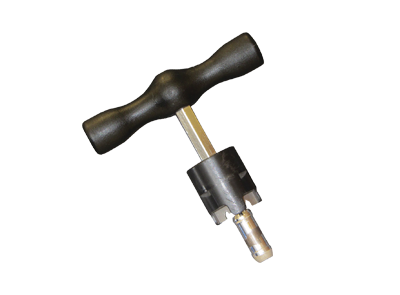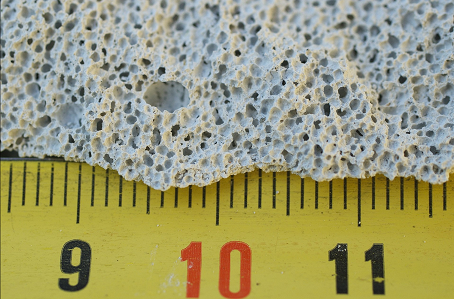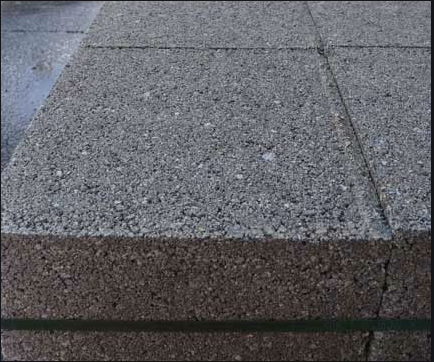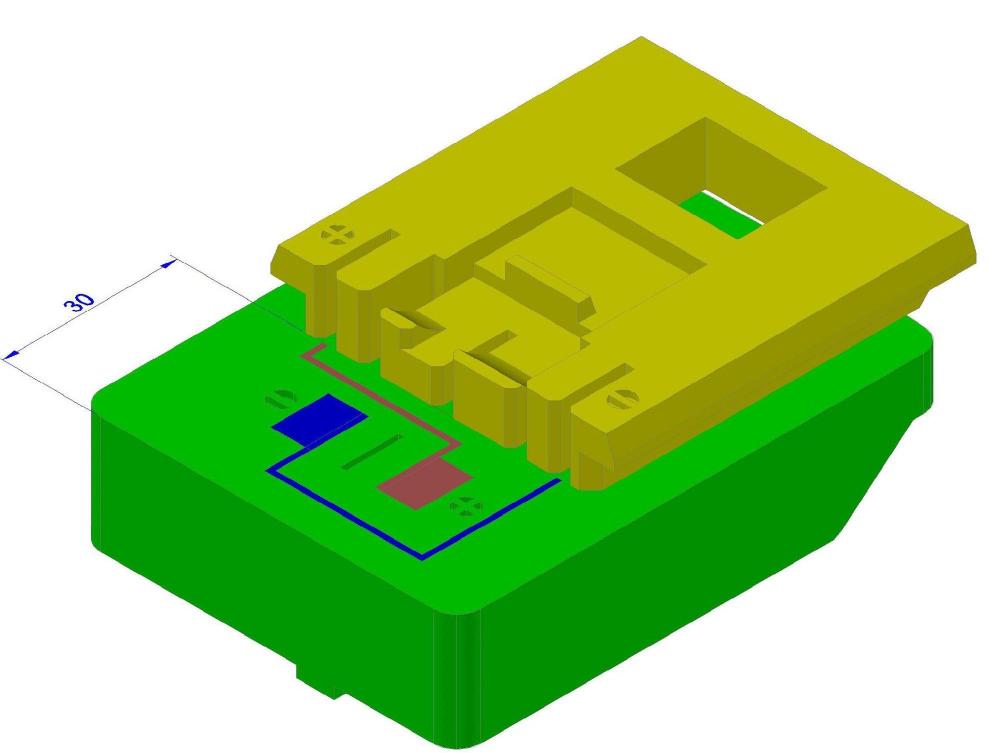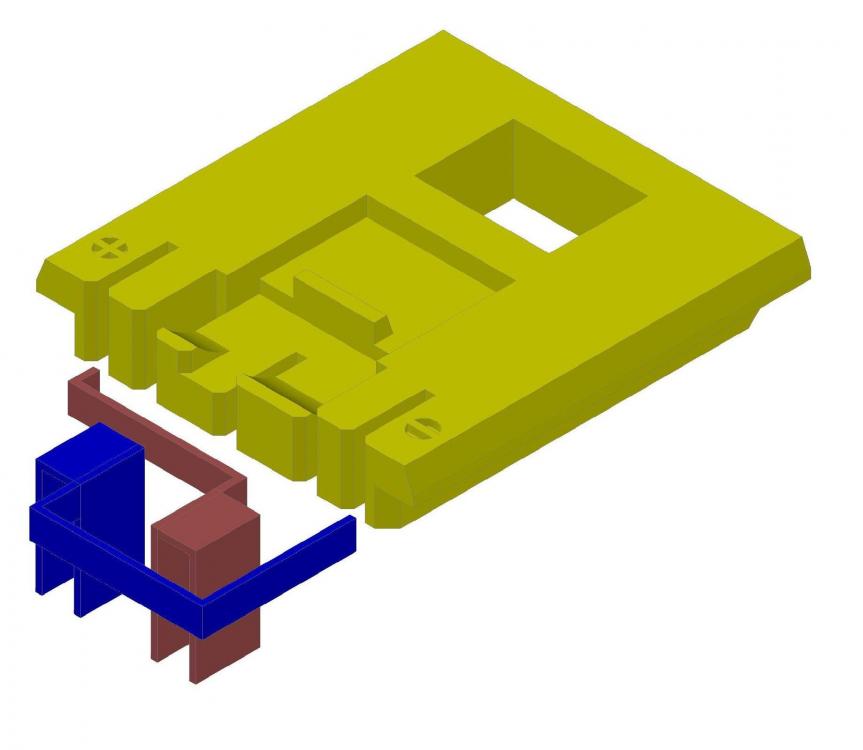Leaderboard
Popular Content
Showing content with the highest reputation on 06/26/20 in all areas
-
Things seem to be happening very quickly and progress has gone really well. The block and beam of the huge extension is coming together now and the focus has been outside, although with the occasional downpour the inside is now half empty with our 1970s bathroom suite finally gone. In the interim I've sold everything inside, the kitchen, boiler, naff internal doors and even the crappy floor tiles we took off. All copper and rads ready for my dad to weigh in. Have now run out of stuff to sell! Here are a couple of pics from this week. The final pic, the bank you can see and the path runs 90 metres from the entrance to the end of our garden from one old railway bridge to the other old railway bridge the other end which is over the canal. The railway at the top of the embankment is no more. It was the line that ran from Whitchurch to Chester and we can clamber up to the top of the embankment which is now an overgrown mess of bramble and ivy, no track any longer. We cleared some of the ivy and when we were clearing the garden of shrubs, bulbs and plants that we knew would get disturbed I literally moved every one by hand and planted it on the bank and we have been lucky that the majority of the plants have taken and had daffs, bluebells and lots of other things flower so it looks quite nice, even the foxgloves that seem to have gone crazy. We do need to sort out some sort of wall or something to replace the rockery' bit which was already there. I dread to think of the cost for such a long length. It's not as high in some places and levels off.4 points
-
Permission Granted ? Full steam ahead now, hoping to get watertight before Christmas3 points
-
No changes, I read the neighbours objections yesterday.They almost universally hate the modern box design and said it doesn't fit in the street. If they didn't like modern boxes they probably should have objected to the two that were approved a few months ago in the same street. I expected neighbours to object, so I don't really care. However, the local amenity association objected yet didn't object to the other houses recently approved in the street which also breach the guidelines for coverage of the site. They also objected to my house as it was the largest built in the area since the 1920s, I am yet to figure out how they think that is a planning issue. I have been considering writing to them to ask if they actually have any objective process or simply only comment when it upsets one of their mates. No explanation of the delay, the guy we were dealing with is just painfully slow. I saw someone apply to build a lock of flats in their garden get permission faster than we did. The architect was talking about making a formal complaint last year when the same officer didn't speak to us at all for 5 months then said he was going to refuse our application unless we withdrew it.2 points
-
Russell- we have one of those and will be finished with it in the next day or so1 point
-
You could dig a trench and extend the 600 mil pipe across the field into the river It would make the land more useable1 point
-
right. so digger experience. dug 20M of drain run, had a bit of a bend but managed to get pipe to fit ? 2M deep at end, about a foot at other but now covered with more soil so a couple of foot or more down. managed to get slope pretty even by eye which was a miracle tbh. Hand shovelling stone in was hardest part! now all filled in and running fine. Started digging out a slope to create a flat level for garden. getting ground level with digger is hard compared to digging trench but a few days work would have taken weeks, at least, by hand. in fact not sure I could have done it given how hard the ground is. best 250 quid ever spent1 point
-
1 point
-
They recommend you put the internal chamfer on (Wunda stuff..??) so it fits onto the end of the insert correctly.1 point
-
1 point
-
We will be using an MBC frae and they can supply and fit Rationel windows. However, at the back of the house we have 2x 2.6m tall sliding doors and Rationel cannot make a door that size, because of this we may have to use Internorm or MBC use Solarlux for larger windows, but I suspect that they are expensive. I think Ideal Combi can also do 2.6m and Nordan 2.588m. I have asked the architect for a window schedule so that we can send it out and see how much this issue is going to cost us.1 point
-
How stiff are those hoses...?? And what diameter..? I would put a tee so the opposing leg goes to the pump and then the parallel legs go to the tank and a gauge port - easy to make with a cheap pressure gauge - what is the pump pressure capacity and what is the MI tolerance..?1 point
-
Another update, hopefully the saga is nearing an end. I had an email a few weeks back from SSEN kindly offering to pick up less than half the cost of moving the cables running over our site, for which they have never had a wayleave. At about the same time I had a letter from BEIS telling me they had finally registered SSEN's Necessary Wayleave Application. I am suspicious it was this that prompted SSEN's offer. I thought about all this and wrote back to SSEN and suggested a possible way forward would be to agree the cost if they would 'throw in' providing a temporary supply for the site and the connection once we have finished the build - my logic being that they might give me more willing to give me something that costs the significantly less than it is worth to me. I pointed out that BEIS had registered the Necessary Wayleave Application and said that if we could not reach an agreement within a month I would inform BEIS I did noy want the application left in abeyance and would request a formal hearing on the application (which would be at SSEN's expense). Having senr the email I got an auto response back telling me the person I had emailed had left SSEN, this did not sound good. But it did give an alternate to email, so I forwarded my email to them. The new person quickly responded to say they could not agree to my proposal due to regulatory constraints but that she was going to return to the design team and speak to them about it. Yesterday I had an email saying SSEN would bear the cost of the two new poles and relaying the cable if I would carry out the excavation. Exactly what I proposed well over a year ago! It is not done and dusted yet as I have yet to see the draft Easement Agreement and that could have some unreasonable terms in it, but finally some progress. It seems, compared to some past experience others have reported that SSEN are playing hard ball a bit more now. I have no idea if the change in their position was due to the change in contact person or because I said I would start the hearing process. But my sense is that unless you are pretty robust they will be looking to transfer a lot of cost onto the self builder. This may explain why the BEIS has experienced a large number of Neccessary Wayleave Applications. As ever, hopefully this might help others in a similar situation in the future.1 point
-
Congratulations! Did you have to make any changes in the end? How have they explained the delay?1 point
-
1 point
-
No just switch the fill valve off - it will flush as you pull the pipe out1 point
-
they only give you the air tightness info after you've paid their deposit - I had to sign a NDA to get it to pass on to a sap assessor!! The window reveal details are awful with Scotframe, they are very resistant to put insulation around the inner reveal (even though it's usually required by building control!)1 point
-
1 point
-
I'm learning on this, but there is also a lot of marketing at play around blocks. I feel there is a clear distinction to be drawn between aerated blocks (AAC) and aggregate blocks. AAC blocks "Unlike most other concrete applications, AAC is produced using no aggregate larger than sand. Quartz sand, calcined gypsum, lime (mineral) and/or cement and water are used as a binding agent. Aluminum powder is used at a rate of 0.05%–0.08% by volume (depending on the pre-specified density). In some countries, like India and China, fly ash generated from coal fire power plants and having 50-65% silica content is used as an aggregate. When AAC is mixed and cast in forms, several chemical reactions take place that gives AAC its light weight (20% of the weight of concrete) and thermal properties. Aluminum powder reacts with calcium hydroxide and water to form hydrogen. The hydrogen gas foams and doubles the volume of the raw mix creating gas bubbles up to 3mm (⅛ inch) in diameter. At the end of the foaming process, the hydrogen escapes into the atmosphere and is replaced by air." Wikipedia Thermalite and Celcon etc are AAC blocks that have a density in the region of 450 - 800kg/m3 and lambda of around 0.11 - 0.20 W/mK. Whilst easy to handle and thermally performant, these are the blocks that people typically worry about cracking. The article linked above notes as a disadvantage: "Installation during rainy weather: AAC is known to crack after installation, which can be avoided by reducing the strength of the mortar and ensuring the blocks are dry during and after installation." Aggregate blocks It's a bit more obvious how these are made, consisting of cement and aggregate. Typically available as Dense (~1900kg/m3) , Medium, Lightweight (~1400kg/m3) and Ultra Lightweight (~1000kg/m3) this refers to the aggregate type used in their manufacture. The marketing department has done well to describe a 100mm block weighing over 10kg as Ultra Lightweight and this is twice the weight of the equivalent AAC block. Their reduced weight comes from the use of naturally occurring (e.g. pummice) or man made (expanded clay, blast-furnace slag) aerated aggregate. As well as reducing weight, this lowers the lambda values, with 0.28W/mK available in Ultra Lightweight aggregate blocks. Comparison Obviously both block types have their place, but personally I'm inclined to avoid AAC. They have exceptional lambda values and can be half the weight of even the lightest aggregate blocks, but they can be unforgiving and present future problems. Not as good thermally, Ultra Lightweight aggregate blocks do provide a useful improvement in wall U-values over using denser blocks. The aggregate itself in Ultra Lightweight aggregate blocks won't be as strong as in Dense aggregate blocks, but the mechanical properties of an aggregate block will be a function of the aggregate and how well the aggregate is held together. Aggregate blocks aren't immune to cracking. It may be obvious, but cracking happens due to movement so eliminating the sources of that movement is a key part of avoiding them. Shrinkage is one of the key reasons cracking could occur and avoiding the blocks becoming excessively wet can reduce this risk. There are some scary picture here. Another reference: Forterra Pocket guide to Aggregate Blocks1 point
-
I DON'T BELIEVE IT! Somehow I've managed to design this "Mak2Fer" adapter above, so the + & - terminals are on opposite sides! Spin the Makita battery through 180deg on the model and it works but then you couldn't slide the battery in without making the adapter a lot longer and having it stick out the back. Back to the drawing board for some crossover action! As I'm never going to buy a Ferrex battery and charger it would probably be quicker to rewire the tool itself. But where's the fun in that? It'll be something on these line's, a dog legged arrangement to swap the polarity. These renderings are of an early Ferrex to Bosch adapter I'm working on. I've now thought of something a bit more elegant and might use 10mm2 copper wire to save on copper strip.1 point
-
I'm on the middle of doing a cost analysis between slate and tile. I specified 'marley edgemere riven on my planning permission as I knew it was an area I could save money. However now find myself pining to have a 'proper' slate roof. As above Spanish cupa heavy 3's seem to be the best of the bunch albeit top end (400x250mm seems to be the common size here in Scotland) Burton roofing are their main distributor (now owned by the Cupa pizzara quarry itself) and nationwide branches. But they also sell all the tiles. I got a quote for 350m2 of cupa heavy 3 which turned out to be 8360 tiles at a total cost of £9030. Vs the marley at £3900. Its double the costs however, I'm still working on the costs for labour to install. Tiles are easy and can be done relatively cheaply and even easy to do yourself as I understand it. However slates will cost invariably more as you need to grade them (sort them into thicknesses) to get it good and smaller so takes longer. They are also going to come back with another option on slates that are cheaper and apparently pretty good...so I'll update once I hear more on that and labour costs. Cheers.1 point
-
Hi Tim, I didn’t give you the full story though. We placed bird feeders, fruit, nuts etc on top of our gabions all through the winter and carried it on as we enjoyed watching all the birds up close. We got to know their routine and even gave them names. Unfortunately this is what attracted the rats (we didn’t mind the field mice?) The pest control guy told us to remove the food and water bowls (obviously really) and guess what, the rats disappeared. Next door have a massive raised deck area and they barbecue regularly. Pest control guy reckons the rats live under their decking. So crack on?We really miss watching all the different birds so close but hey ho. Give it another year and our jasmine will look great growing around these upright gabions.1 point
-
Just be careful with the scotframe kit details, I'd say you'll fall well short of passivhaus standard with their kit...1 point
-
If you are intending to use the insulation as an outer layer Rather than brick or cement board BC would allow it First reason would be the insulation and fibre mesh are not strong enough without something behind them You can use a bellcast bead on top of the dpc render below or plant bricks slips1 point
-
We used AFT (Advanced Foundation Technology) they did all the SE stuff on the slab based on what the structural SE said the loads were. It was not in Scotland but I know they work all over and his design got BC sign off.1 point
-
In a video I saw, the rubber seal at the bottom of the flush pipe ( the bit you're pressing down on to stop the water flowing ) got taken off and flipped over and re-fitted. Simple fix hopefully. Check that where the two surfaces meet there is no 'crud' otherwise you're not going to resolve this. Do you have very hard water?1 point
-
Is that a big lump of crud I see in there? Hard water scale etc maybe. The flush tube maybe not seating properly. It's supposed to drop down and seal after flushing. Removal and refitting might be all it needs.1 point
-
1 point
-
https://www.thedailymash.co.uk/news/society/hot-tub-owners-pretending-its-not-a-nasty-sex-pond-20130422662040 points
-
0 points
-
Yes that is excellent. But I was more leaning towards those wow factor type things - that don't need to cost the earth you know. For example ( off the top of my head ) some walk on glazing perhaps?0 points
-
0 points
-
You are the local eccentric distinctiveness to be preserved. ?0 points




